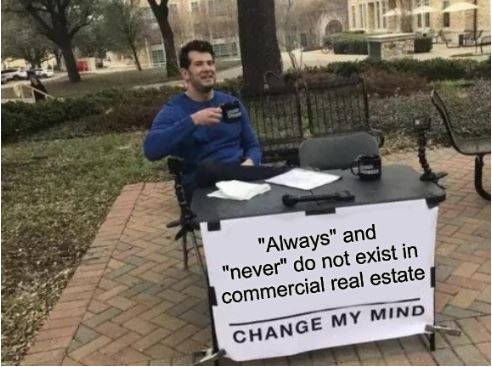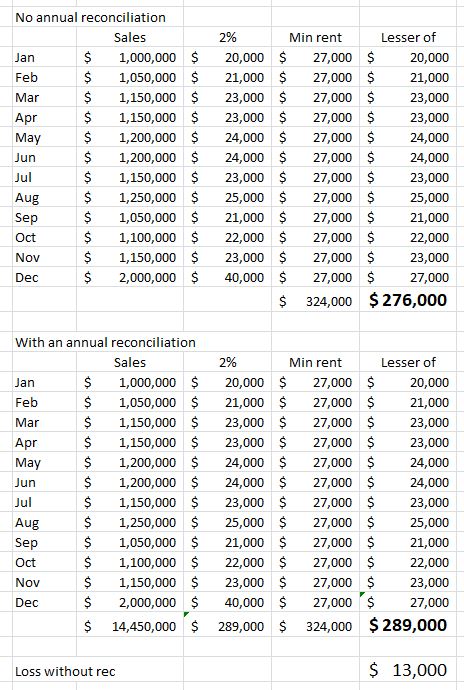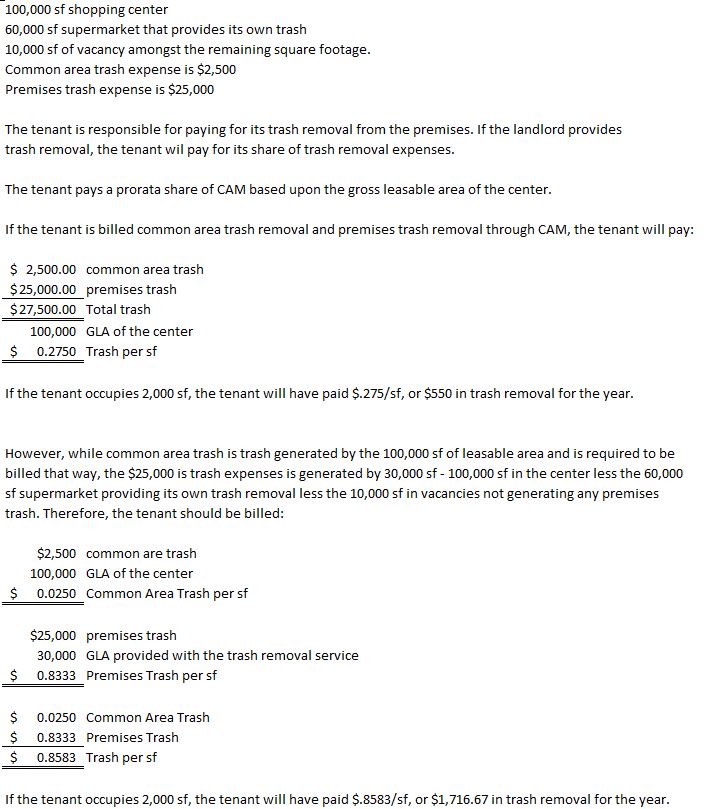Could this be worse than a Most Favored Nations clause?
October 13, 2019

We have addressed the Most Dreaded Lease Clause a few times over the past couple of years. We have also addressed another lease language concept – co-participation. But what happens when you combines the concepts? That combination was evident in an acquisition we were working on this week.
If you have time, take a minute to read those more detailed blogs, but briefly: A most favored nations clause states that a tenant will pay certain amounts (or could have certain restrictions on their occupancy) unless another tenant gets a better deal, in which case the tenant will get the other tenants deal. A co-participation clause states something similar – a tenant will pay, be subject to an increase or have restrictions as long as xx% of other tenants are similarly obligated.
Both clauses are fairly onerous and require some work to properly administer them. You must calculate or consider every other tenants’ obligations and then consider the specific tenant’s obligation.
This week, this was the beauty we came across in a big box lease:
“…provided that all in line tenants of the Shopping Center except (Shadow Anchor 1) and (Shadow Anchor 2) are obligated to pay an equivalent amount (on a per square foot basis) of such costs…”
The tenant was obligated to pay its share of CAM as defined in the lease “…provided that all in line tenants of the Shopping Center except (Shadow Anchor 1) and (Shadow Anchor 2) are obligated to pay an equivalent amount (on a per square foot basis) of such costs…”
The lease did not provide for any remedies if those parameters were not met. Therefore, it became an “I don’t have to pay at all if someone pays less” situation. Go back and read that language. It requires 100% participation from the inlines and an equivalent amount on a per square foot basis.
Consider the scenario: The tenant with this language in the lease is required to pay $4.00/sf. Another tenant is required to pay $3.25/sf. The other tenant is not paying an equivalent amount on a per square foot basis. Therefore, the “provided that” kicks in, and the tenant is no longer obligated to pay. It is not reduced to $3.25/sf as it might be in the case of a Most Favored Nations clause. We can’t argue “similar obligation” as we might in the case of a co-participation and state each is required to pay a prorata share, or a fixed share, or even just a share.
The fallout could be severe. As I mentioned, it was a big box. Figure 35,000 sf at $4.00/sf. $140,000 per year!!! Now apply a cap rate to that (as I also mentioned, it was an acquisition). At a 7% cap rate, that is $2,000,000 in value!!! That might be the worst case scenario (unless there was another most favored nations clause in the center which rarely ever happens). However, it could have other consequences (and be mitigated a bit) if the big box were a defined excluded area for other tenants in which case the other tenants might see an increase in their rates per square foot because that $140,000 contribution would be going away.
Two weeks ago, the blog was that Always and Never cannot exist in real estate. Perhaps I have to rethink my use of the word “Most” as in Most Dreaded Lease Clause from now on.



